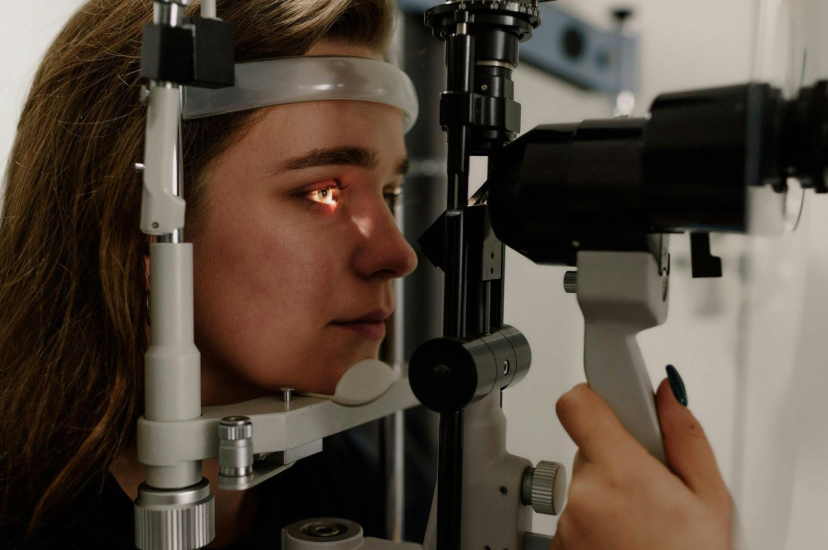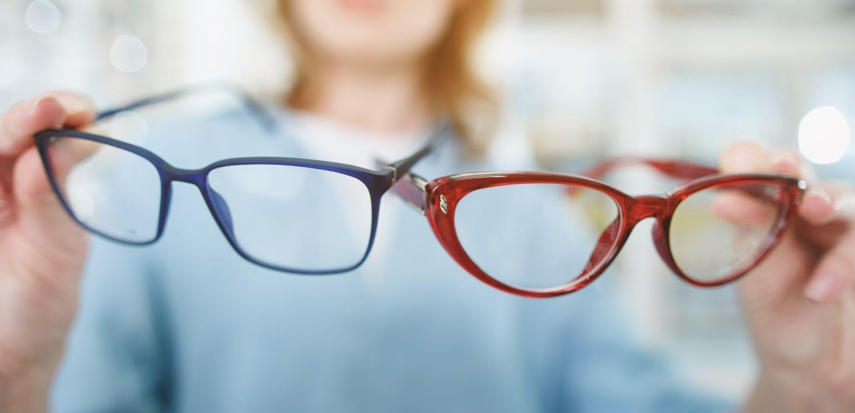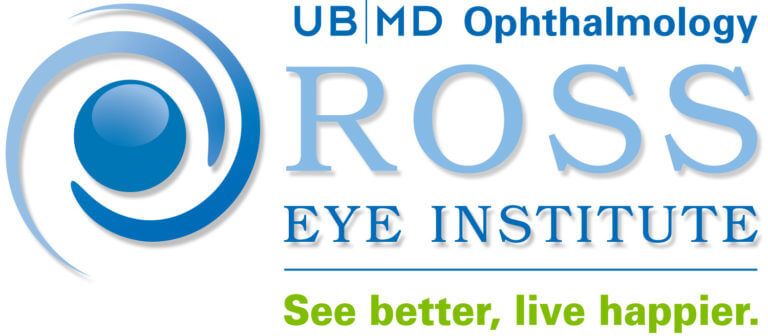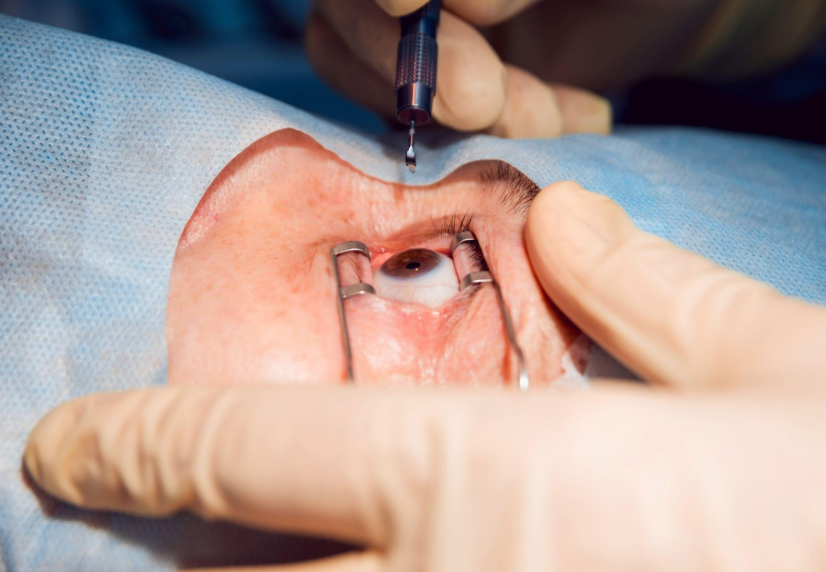How the RxSight Light Adjustable Lens® Is Changing the Shape of Cataract Surgery at Ross Eye Institute
How the RxSight Light Adjustable Lens® Is Changing the Shape of Cataract Surgery at Ross Eye Institute

Cataract surgery is the most commonly performed surgical procedure in the United States, with millions of Americans undergoing the procedure each year. By the age of 80, nearly 50% of Americans will have developed cataracts— a clouding of the eye’s natural lens that impairs vision. If left untreated, cataracts can lead to severe vision loss and eventually, blindness. Fortunately, advances in ophthalmic technology are offering new hope and clarity. Among the most exciting innovations is the RxSight Light Adjustable Lens® (LAL®), a revolutionary option available at Ross Eye Institute that allows for unparalleled customization of post-surgical vision. The Ross Eye Institute was the first practice in Western New York to provide this exciting new technology to our patients.
Understanding Cataracts: The Clouding of Clear Vision
Cataracts form gradually as the proteins and fibers in the eye’s natural lens begin to break down and clump together. This process causes the lens to become cloudy, which scatters light and reduces image sharpness on the retina. Over time, cataracts can lead to symptoms such as:
- Blurred or hazy vision
- Faded colors
- Difficulty seeing at night
- Sensitivity to light and glare
- Frequent changes in eyeglass or contact lens prescriptions
In the early stages, cataracts may not noticeably affect vision. However, as they progress, they can significantly interfere with daily activities such as reading, driving, and recognizing faces. The only definitive treatment is cataract surgery, during which the clouded natural lens is removed and replaced with an artificial intraocular lens (IOL).
Traditional Cataract Surgery: A Fixed Solution
Cataract surgery is a safe and efficient outpatient procedure that typically takes about 10-15 minutes per eye. Patients remain awake but comfortable thanks to numbing eye drops. Once the cloudy lens is removed, it’s replaced with a clear, artificial IOL that restores vision.
However, there’s a limitation with traditional IOLs: once implanted, their focus is fixed. Patients and their surgeons must decide in advance what type of vision correction the lens will offer—whether for distance, near, or somewhere in between. Despite careful preoperative planning and measurements, it’s difficult to predict how the eye will heal and what the final refractive outcome will be.
This is where the RxSight Light Adjustable Lens® is transforming cataract surgery outcomes.
Introducing the RxSight Light Adjustable Lens®: Vision You Can Fine-Tune
The RxSight Light Adjustable Lens® (LAL®) is the first and only FDA-approved intraocular lens that can be customized after cataract surgery. Rather than locking in your prescription beforehand, this innovative technology allows for postoperative adjustments—so patients can test-drive their vision and fine-tune it based on real-world experience.
How Does It Work?
Once the Light Adjustable Lens is implanted during cataract surgery, it functions like a regular IOL. But here’s the game-changer: over the next few weeks, the lens can be reshaped using ultraviolet (UV) light treatments administered in-office. These adjustments change the curvature of the lens, allowing for precise fine-tuning of vision correction.
Patients have the opportunity to adjust their lens prescriptions up to 3 times before “locking in” the desired prescription. There are typically two “lock-in” sessions after the initial adjustments. . Each session lasts only about 90 seconds and is completely painless. Once the desired vision is achieved, a final “lock-in” treatment is performed to permanently set the lens shape.
The Benefits of the Light Adjustable Lens®
The RxSight LAL® offers several unique advantages over traditional IOLs:
- Customized Vision: Patients no longer have to guess what prescription will best suit them before surgery. They can experience life with their new lens and make real-time decisions with their eye doctor’s guidance.
- Greater Precision: The Light Adjustable Lens allows for correction of residual refractive errors such as astigmatism, leading to clearer, sharper vision with reduced dependence on glasses or contacts.
- Improved Patient Satisfaction: Because patients have more control over the outcome, satisfaction rates with the LAL® are exceptionally high.
- Adaptable for Lifestyle Needs: Whether you want crisp distance vision for driving or sharp near vision for reading, the LAL® can be tailored to match your unique preferences.
Ross Eye Institute: Leading the Way in Advanced Vision Care
At Ross Eye Institute, we are proud to offer this groundbreaking lens technology to our patients. Our experienced ophthalmologists are committed to staying at the forefront of surgical innovation and providing personalized care to deliver optimal outcomes.
By offering the RxSight Light Adjustable Lens®, we empower patients to take an active role in their vision correction journey. It’s no longer a one-size-fits-all approach—our team works closely with each patient after surgery to adjust and perfect their sight based on real-world feedback.
We understand that every individual has different visual priorities. Whether you’re an avid reader, a golfer, or someone who spends time on digital screens, your vision needs are unique—and with the LAL®, your post-surgical vision can reflect that.
Is the Light Adjustable Lens Right for You?
While the RxSight Light Adjustable Lens® offers remarkable benefits, it’s not suitable for everyone. To be a candidate, you must:
- Be willing and able to attend several follow-up visits for light adjustments to your prescription.
- Wear UV-protective glasses provided by your doctor between treatments to protect the lens from ambient UV light
- Have healthy eyes aside from cataracts (no active retinal disease, for example)
Your Ross Eye Institute surgeon will conduct a thorough evaluation to determine if the LAL® is the right fit for your needs and lifestyle.
What to Expect During the LAL® Journey
The journey with the RxSight Light Adjustable Lens® at Ross Eye Institute begins with a comprehensive pre-surgery consultation, where your eye health is evaluated, and your surgeon explains all available lens options. On the day of surgery, the Light Adjustable Lens is implanted using standard cataract surgery techniques, ensuring a smooth and efficient experience. As your eyes heal, your vision will gradually improve, and after a brief recovery period, you'll begin a series of in-office UV light treatments to fine-tune your vision.
These treatments, spaced a few days apart, allow your doctor to make precise adjustments based on your real-world feedback. Once you’re satisfied with the clarity and focus of your vision, a final "lock-in" treatment secures the lens configuration permanently. Throughout the process, you’ll wear special UV-protective glasses to safeguard the lens until it’s fully set. From start to finish, the LAL® journey offers a personalized path to achieving your ideal vision.
The Future of Cataract Surgery Starts Now
The RxSight Light Adjustable Lens® represents a paradigm shift in how we approach cataract surgery. It transforms a once-static procedure into a dynamic, collaborative process between surgeon and patient, where precision and personalization meet. At Ross Eye Institute, we’re proud to bring this innovation to our community and help our patients see life more clearly than ever before.
If you’re considering cataract surgery in Buffalo and Western New York and want the most precise, customizable outcome possible, ask our team at
Ross Eye Institute about the Light Adjustable Lens®. Your best vision is no longer just a hope—it’s something we can achieve together.
Contact us today to schedule your consultation.











